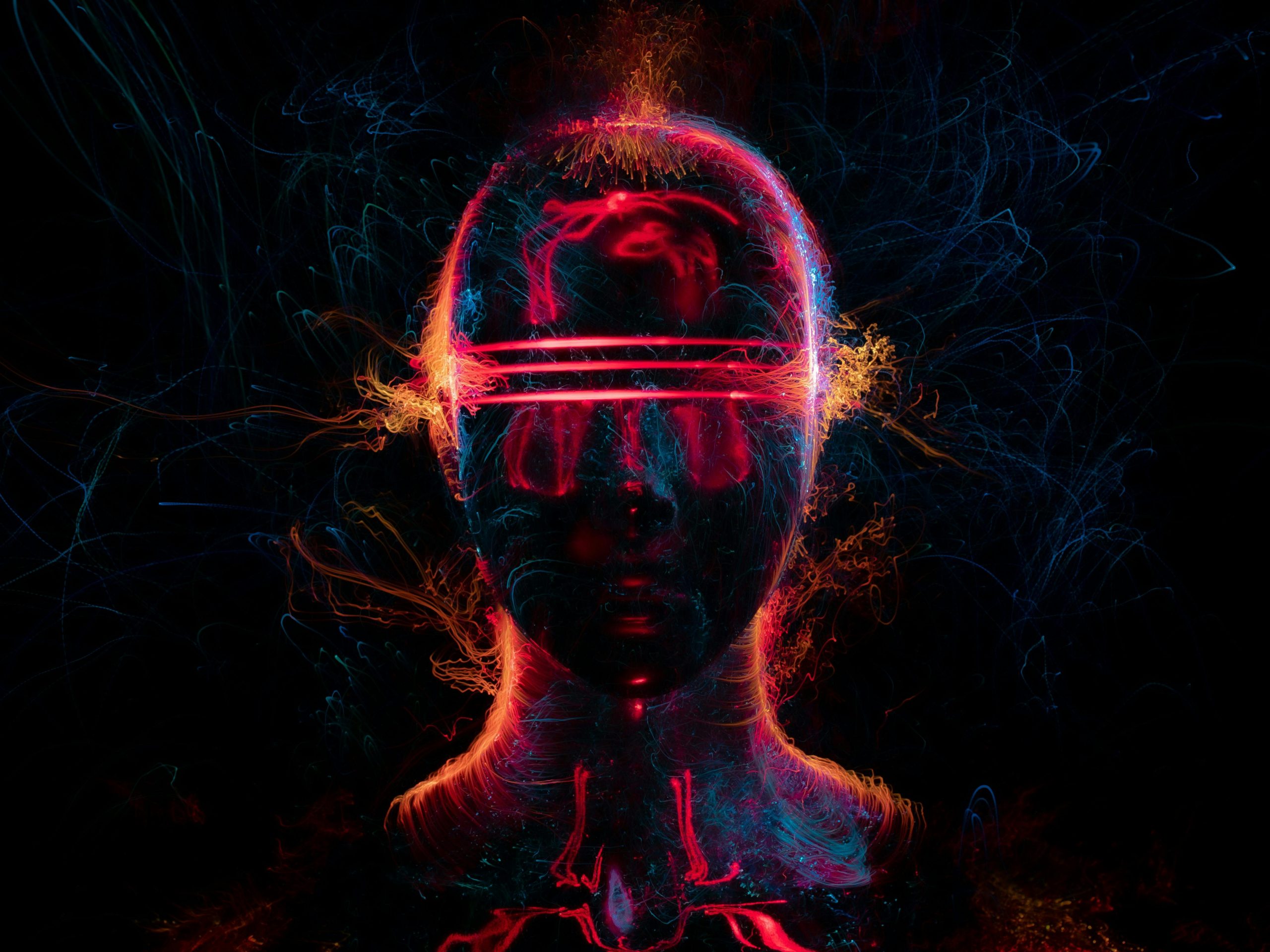Unraveling Julian Jaynes’ Controversial Theory: The Bicameral Mind and the Nature of Consciousness
In the realm of psychology and philosophy, few theories have sparked as much intrigue and debate as that of Julian Jaynes. His groundbreaking concept, articulated in his seminal work “The Origin of Consciousness in the Breakdown of the Bicameral Mind,” proposes a radical shift in our understanding of the human psyche and the evolution of consciousness. Jaynes’ theory invites us to reconsider not only how we think and perceive ourselves but also how ancient cultures interacted with their environment and each other.
The Bicameral Mind: A Historical Perspective
At the heart of Jaynes’ theory is the idea that early humans operated under what he termed a “bicameral” mind—a mental framework characterized by a lack of self-awareness and introspective thought as we know it today. According to Jaynes, ancient individuals did not possess the full spectrum of consciousness. Instead, they experienced their thoughts and actions as commands from an external source, often interpreted as the voices of gods or other divine entities.
This model of consciousness suggested that early humans navigated their lives based on auditory hallucinations perceived as divine directives. For instance, rather than engaging in internal dialogue or self-reflection, a person might attribute their thoughts and decisions to the guidance of a deity, which profoundly influenced social structures and cultural practices. This paradigm shift not only challenges our view of historical consciousness but also raises questions about the evolution of human cognition.
The Implications of a Divided Mind
According to Jaynes, this divided form of awareness impacted vital aspects of social and emotional life. The practice of venerating deceased relatives, for example, can be understood within this context. Ancient cultures often treated their ancestors as if they were still actively present, influenced by the bicameral framework that blurred the lines between the living and the dead. Rituals, myths, and cultural narratives were shaped by this profound interaction between the living and their understanding of an omnipotent, guiding presence.
The consequences of Jaynes’ theory extend beyond anthropology and psychology into literature, art, and even spirituality. It encourages a reevaluation of texts from ancient civilizations, where themes of divine influence and guidance abound. Scholars have begun to consider how these narratives reflect the cognitive structures of the time, revealing much about how ancient peoples processed existence, morality, and human relationships.
The Controversy and Criticism
While Jaynes’ theories are imaginative and



